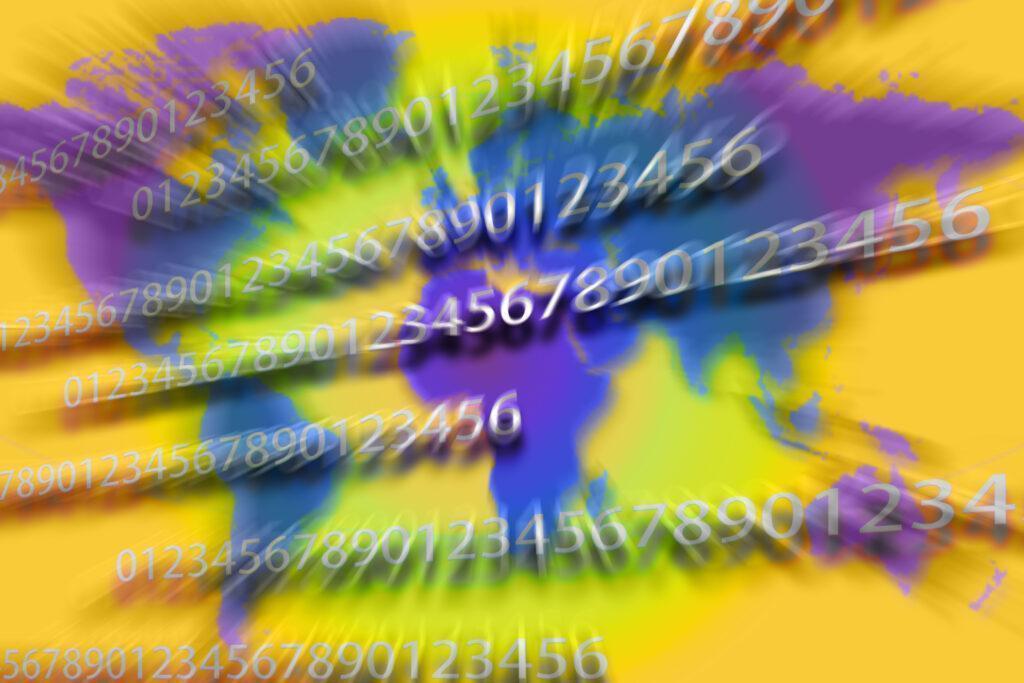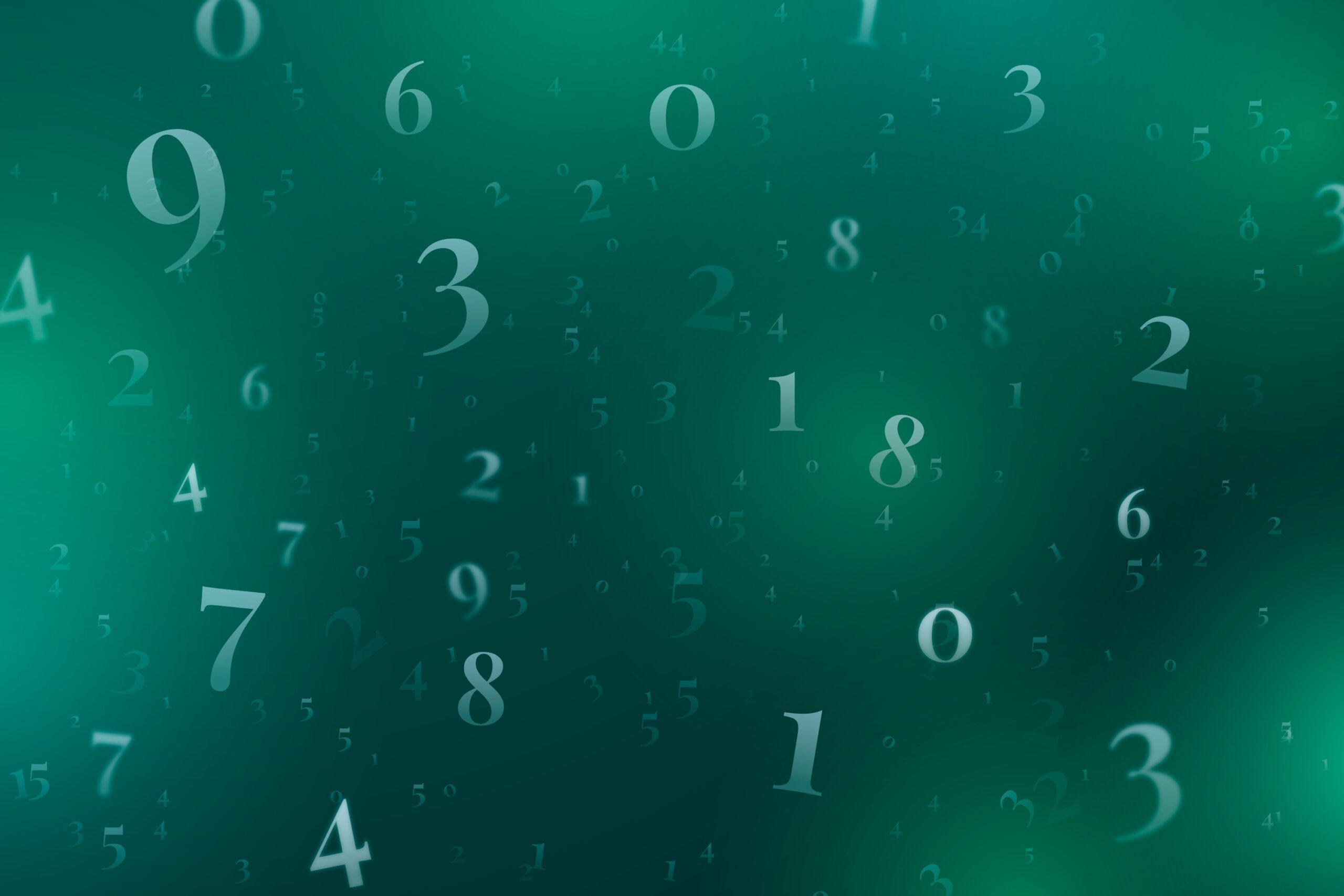Record-Breaking Prime Number Discovered: How a GPU Army Found a 41-Million-Digit Behemoth
A New Champion in the World of Prime Numbers
The mathematics community is celebrating the discovery of a new largest known prime number—2¹³⁶,²⁷⁹,⁸⁴¹ − 1—a staggering 41,024,320-digit behemoth that surpasses the previous record holder by 16 million digits. This monumental find was achieved not by a supercomputer at a prestigious university, but by an amateur mathematician leveraging the power of graphics processing units (GPUs) in an unprecedented distributed computing effort.
Key Facts About the Discovery
✔ 16 million digits longer than the previous record (2018)
✔ 52nd Mersenne prime ever discovered
✔ Found using 24 data centers across 17 countries
✔ Discovered by Luke Durant, a former NVIDIA engineer
✔ Earns a $3,000 prize from the Great Internet Mersenne Prime Search (GIMPS)
“It was a pretty big surprise, but I had been working hard to grow the system. I joined to learn about big math, showcase GPU capabilities, and support the GIMPS community.”
— Luke Durant, Prime Discoverer
The Science Behind the Search
What Makes Mersenne Primes Special?
Mersenne primes take the form 2ⁿ − 1 and have unique properties that make them:
- Easier to verify than general primes
- Rare gems in number theory (only 52 known)
- Linked to perfect numbers (a separate mathematical curiosity)
Why GPUs Revolutionized the Hunt
Traditional prime searches used CPUs, but Durant’s GPU-based approach offered:
- Massive parallel processing (thousands of calculations simultaneously)
- Energy efficiency compared to CPU clusters
- Cost-effectiveness for large-scale computations
![Infographic comparing CPU vs GPU prime searching]
Caption: How GPU architecture accelerates prime verification

The Discovery Process: A Global Effort
Luke Durant’s Setup
- Networked thousands of GPUs across international data centers
- Custom software optimizations for prime verification
- Continuous monitoring for potential candidates
The Moment of Discovery
After running calculations for 11 months, Durant’s system flagged the potential prime. Final verification took:
- 13 days of continuous computation
- Multiple independent checks to confirm primality
Historical Context: The Pursuit of Primes
Timeline of Record Primes
| Year | Digits | Discoverer |
|---|---|---|
| 2018 | 24.8M | Patrick Laroche |
| 2016 | 22.3M | Curtis Cooper |
| 2013 | 17.4M | Curtis Cooper |
| 2008 | 12.9M | Edson Smith |
Why Keep Searching?
While practical applications remain limited, the hunt:
- Pushes computational boundaries
- Develops new verification algorithms
- May uncover unexpected mathematical connections
“There’s no use for extremely large primes now, but history shows abstract math often finds crucial applications decades later.”
— Kevin Buzzard, Imperial College London
The GIMPS Phenomenon: Citizen Science at Scale
How the Great Internet Mersenne Prime Search Works
- Volunteers download free software
- Their computers test assigned number ranges
- Discoverers earn $3,000 per prime (funded by EFF)
By the Numbers
- Over 200,000 participants worldwide
- Equivalent to 1.5 million CPU years of computation
- 16 record primes found since 1996
Technical Deep Dive: Verifying a 41-Million-Digit Prime
The Lucas-Lehmer Test
The gold standard for Mersenne primes involves:
- Create sequence: S₀ = 4, Sₙ = (Sₙ₋₁² − 2) mod (2ⁿ − 1)
- If Sₙ₋₂ = 0, the number is prime
Computational Challenges
- Memory requirements: 20+ GB RAM
- Storage needs: 100+ GB disk space
- Error checking: Multiple hardware validations
Expert Perspectives on the Discovery
Mathematical Significance
“Each new Mersenne prime reveals subtle patterns we’re still learning to decode.”
— Dr. Emily Riehl, Johns Hopkins University
Technological Impact
“This demonstrates how GPU architectures can solve problems beyond graphics and AI.”
— Prof. David Kirk, NVIDIA Fellow
Amateur Science Potential
“GIMPS proves groundbreaking research isn’t limited to institutions—anyone can contribute.”
— Chris Caldwell, Prime Number Database
Future Frontiers in Prime Number Hunting
Next Targets
- Crossing the 100-million-digit threshold
- Finding the first billion-digit prime
- Discovering Mersenne primes with even exponents
Emerging Technologies
- Quantum computing approaches
- Neuromorphic chips for number theory
- Blockchain-based distributed verification
Why This Matters Beyond Mathematics
Potential Applications
- Cryptography: Future-proofing encryption
- Hardware testing: Stress-testing computing systems
- Algorithm development: Optimizing large-number operations
Cultural Impact
- Inspires STEM participation
- Showcases democratized science
- Highlights mathematics as a living field

